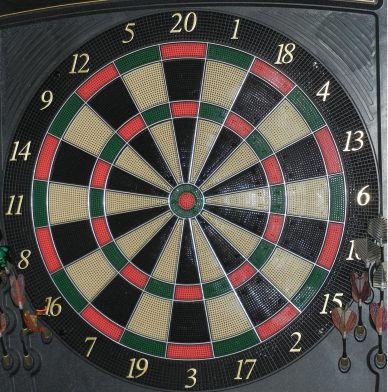In the table below we are comparing World War I and revolution in Russia 1914-1917 and war in Ukraine under Putin presidency in Russia 2022- 2025.
|
|
|
|
Start of the war |
War in Ukraine started in February 2022. Russia started the conflict without mobilization and only with about 250 thousand regular troops. Mobilization will be announces only in the second half of September 2022. Russia crosses into Ukraine from 7 directions including from Belarus from North and from Crimea from South. |
|
Allies |
Allies |
|
Revolution |
Revolution |
|
Popular sentiment |
Popular enthusiasm with the promise of a quick territorial grab to restore the Empire and repeat of the 2014 bloodless Crimea acquisition. |
|
First major disasters |
March 2022 – Russia enters Ukraine and gets stuck in a confrontational war. Lengthy fronts become stagnant with significant territorial drawbacks, withdrawals and losses. |
|
What went wrong? |
Professional army is quickly demolished, and inexperienced doubting men are given arms with very little discipline and training in exchange for high pay. Economy is shrinking under sanctions and severe labor shortages. |
|
Elections during war |
War will make presidential election of 2024 impractical and impossible. The war will continue as usual without any elections. |
|
Revolution catalysts |
What could become instability catalysts? · Stratification of elites by small competing clans and political isolation of President. · Large masses of unreliable solders with arms and without discipline. · Slow but steady involvement of world powers into the war against Russia, sense of hopelessness. · China enters the war against Russia for territorial gains in Siberia. · Strong separatist movements in the regions. |
|
Revolution anticipation |
Coup seems inevitable |
|
Consequences |
Coup leaders are unable to stabilize the situation under sanctions, raging war and devastating separatist’s movement. Within 10 to 15 months of the coup, power block leadership had to set an election date under devastating unrest, strong popular demand and crumbling national borders. |
|
Conclusion |
Transition from Putin (2022) to an elected representative Government (2025) could take up to 3 years. Process escalated by the war against ever-uniting Western allies. Civil war avoided as there is no significant opposition for the return to normality. Some significant regions secede as Russia weakens and China makes a land grab in Far East. |



Be the first to comment